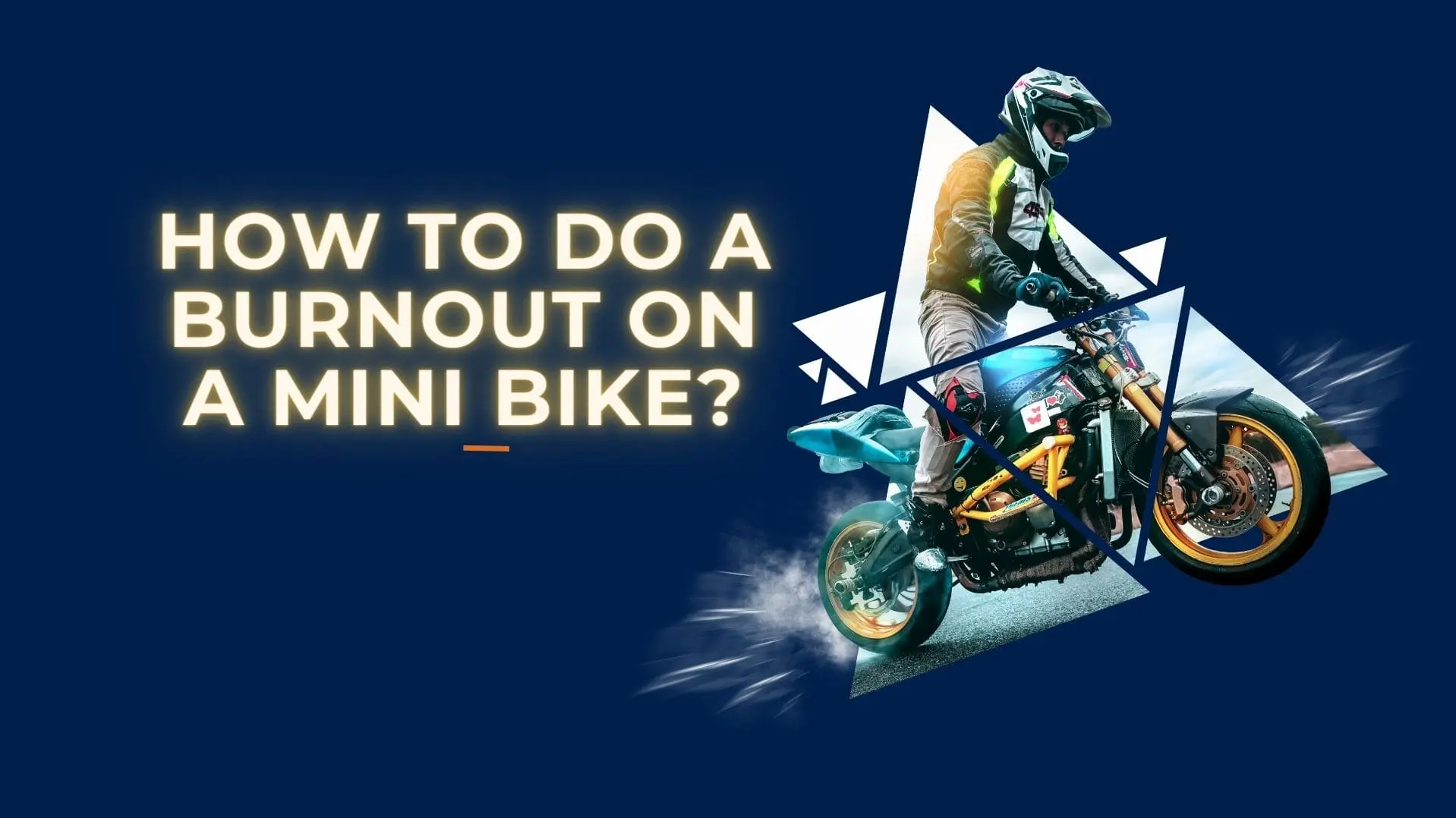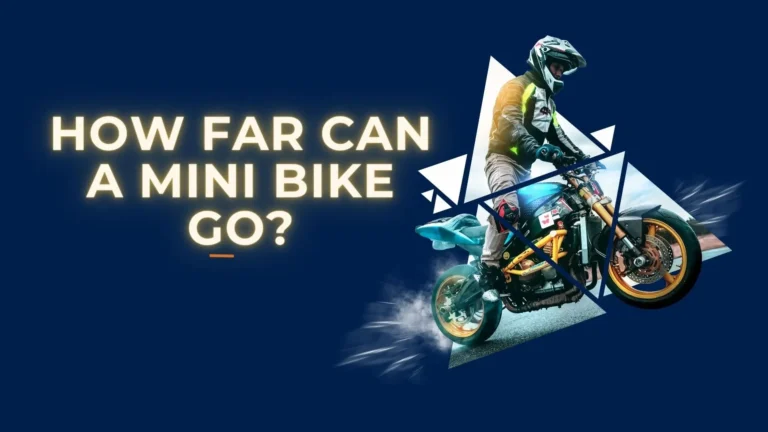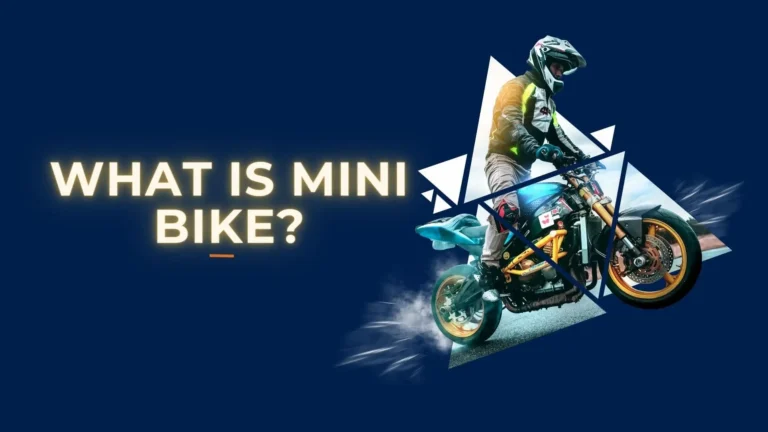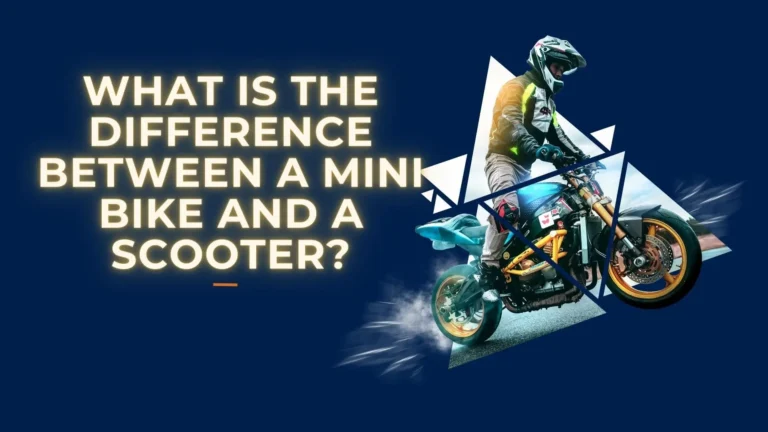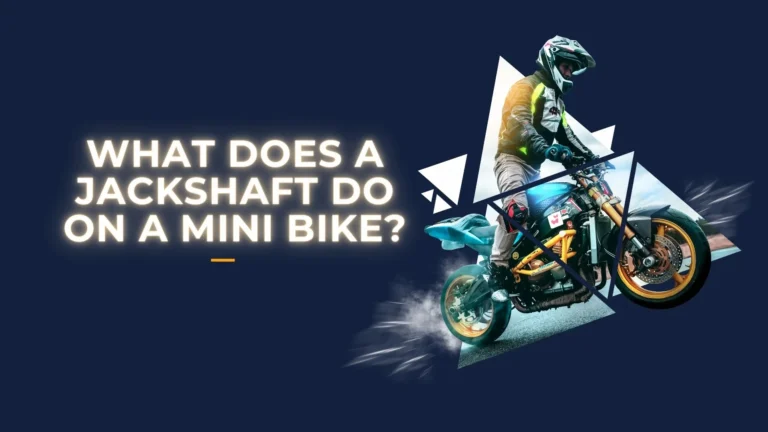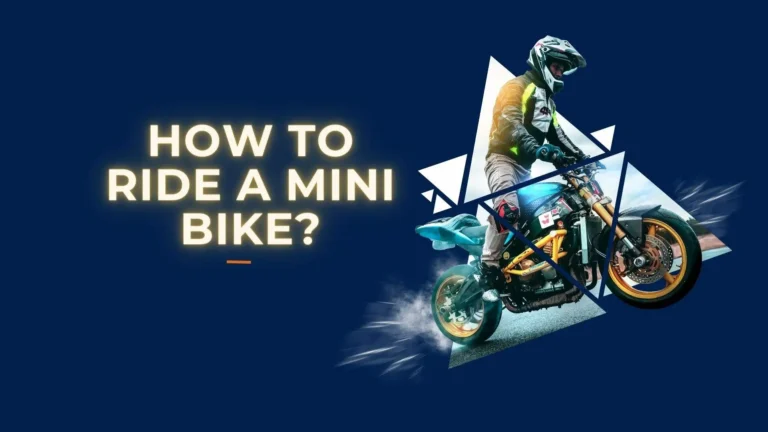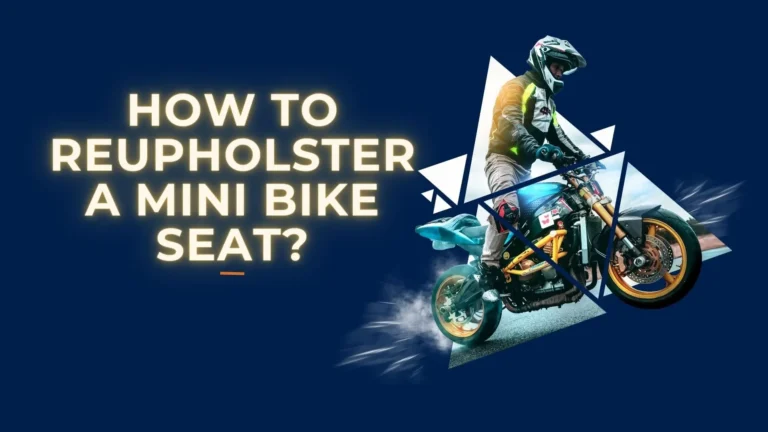How to Do a Burnout on a Mini Bike?
Feel the thrill of smoking tires – mini bike style. Burnouts turn new riders into stunt pros by mastering clutch and throttle control. With the right bike, safety gear, and space, riders can push limits in billowing white clouds.
These stationary spins demonstrate precision balance. The rear tire fights for grip against the motor’s raw power. Too much throttle? The engine wins, breaking the tire loose. Too little? Stall city. Finding that sweet spot takes hours of saddle time.
Get prepped, stay protected and progress slowly – things happen fast once that traction lets go. This guide explores everything between bike choice to technique to troubleshoot like a pro. Want to join the smoke show? Read on.
Key Takeaways
- Burnouts demonstrate throttle/clutch control mastery, require right bike components and gear to perform safely
- Choose 200cc+ engine for power, stiff steel frame and quality suspension for stability, smooth slick tires for free spin
- Inspect fluids, cables, tire pressure/wear before attempting – rectify issues immediately
- Stand upright, weight forward on toes not seat, keep arms bent to control bike reactions
- Pin throttle to max RPM, quickly modulate clutch engage zone to break rear traction
- Let legs act as shocks absorbing bike hopping, adjust inputs for traction variables
- Check clutch fully disengaged prior to pinning throttle to avoid stalls
- Low rear tire pressure reduces control, avoid loose surfaces like dirt or sand
- Master “sweet spot” clutch zone to sustain skids, square off rear tire tread over time
- Progress to other stunts like stoppies, wheelies once burnout balance skills improve
The Best Mini Bike for Burnouts
A quality ride matters. It’s vital to pick mini bikes with the right parts so you can smoke the back tire safely.
Strong Motor
I recommend a high performance 200cc+ engine. More power spins the tire best. Upgrades like big bore kits help put rubber to the road.
Tough Frame
It’s key to have a sturdy steel frame and swingarm. They handle all the torque and force without bending. Good suspension absorbs bumps when spinning out.
Rear Tire Type
The optimal choice is smooth slick tires. Unlike knobby tires, slicks fully slide when traction lets go. Compound stickiness helps bite until you hit the throttle.
With top components equipped for stunting, you can turn hot rod dreams into smoking reality. Stay protected with pro gear too.
Gearing Up Safely
Before lighting up any backyard burnout antics, essential safety gear helps riders stay protected when experiments push limits.
Helmets – The Most Vital Item
I strongly advise always opting for a DOT certified helmet. In an uncontrolled fall, only a quality lid prevents traumatic brain injuries. It’s critical to choose the right size and ensure proper fit.
Abrasion Protection
Look for jackets, pants and gloves made of kangaroo leather or ballistic nylon. These materials resist tearing way better than regular clothing if you take a tumble while stunt training. Reinforced panels add extra defense too.
Get the Right Fit
An important tip is choosing apparel with a snug fight, even with protective armor inserted. Loose gear shifts easily, compromising coverage and safety. Take precision measurements beforehand.
While mastering the basics like stoppies or wheelies, properly fitted safety apparel ensures riders can push progress without injury setbacks, technician Adam Smith’s (from Street Rider of Reno). ‘Lighter mini bikes with higher power-to-weight ratios perform best for beginner burnouts. Look for strong acceleration capabilities in lower gears combined with torquey motors. Knobby tires provide maximum grip to create smoke though any tread can work. Not all mini bikes may have the performance credentials to execute proper burnouts.’ Stay shielded no matter the skill level.
Check Your Ride
Inspecting the mini bike before a ride prevents problems.
Check Fluids and Air
Make sure engine oil, gas, and brake fluid levels are good. Look for leaks. Check the air pressure in the tires. Add air if needed.
Bolts, Nuts and Cables
Try moving parts to feel tightness. Tighten any loose bolts, nuts with tools. Look at cables for fraying, kinks, rust. Replace damaged cables.
Where You’ll Ride
Choose a flat space with no bumps or holes. Avoid wet ground and places with gravel or sand. Slippery spots make spins go wild.
Regular checks mean fewer surprises on a run. Stop issues before they stop the fun! Then gear up and hit the hot spot ready to ride.
Get Set
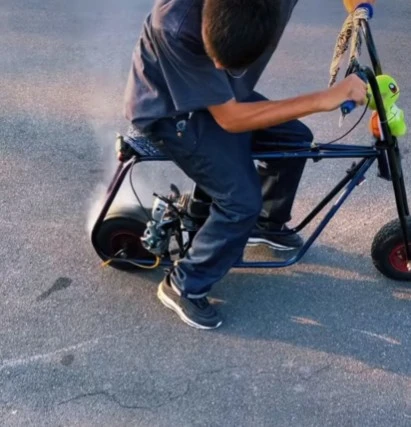
Stance matters. Having the right body position sets up control for big slides.
Foot Placement
Plant feet solid on the pegs or frame. Put weight on toes not the seat. Stand above the tank leaning forward a bit.
Arm Bend
Keep arms bent at the elbows. Do not lock them straight. Loose limbs absorb shocks if the bike kicks or hops.
This athletic pose puts weight where it needs to go. Good footing handles unexpected moves. Loose arms react fast to keep balance.
Dial in fit BEFORE pinning the throttle. Get planted, centered and ready to slide out without losing grit. Stay steady as smoke starts billowing.
Start the Slide
Smooth clutch and throttle use starts the smoking. Sloppy hands make for crazy rides.
Work the Throttle
Pin the gas to max rpm range. Feel the motor wind up. Quick throttle snaps cause the back end to fishtail. Roll on steady.
Use the Clutch
Ease the lever out as throttle pins. Find where drive engages. This “friction zone” differs on each bike.
Control the Lurch
The back tire will break loose suddenly. This lurch wants to throw weight backwards. Be ready to push forward. Keep knees bent.
Let the spin start small, then lengthen rotational time, advises expert Adam Smith. ‘The goal is controlled rotation without excess speed that could cause problems. As the tires smoke and spin faster, resistance between them and the ground builds heat for maximum smoke production.
Avoid prolonged periods of extreme spinning that wears excessively on tires. Generally just a few seconds of solid spinning while moving slightly produces best visual impact.’ Stay loose to handle shifts. Burnt rubber comes from planning, not luck. Time movements with care.
Staying in Control
Once rubber starts burning, bike reactions require quick moves. Having the right riding stance and adaptive technique maintains balance through variable slide scenarios.
Use Your Legs as Shock Absorbers
With weight loaded forward on bent legs, let your lower half act as a suspension system. Unwanted bike kicks and hops can throw off balance. With loose knees and ankles, riders take these shocks in a smooth stride.
Adjust Inputs for Changing Traction
As tire traction teeters on the edge, expect dynamic ride characteristics. If the front wheel begins lifting off the ground, reduce throttle gently till it settles.
Alternatively, too little gas causes stall-inducing loss of momentum. Precise throttle-to-clutch coordination keeps spinning stable.
Check surfaces beforehand for suitability. Loose terrain like wet pavement, sand or gravel can unexpectedly alter spin characteristics, requiring proactive posture and input adaptations to avoid being thrown off course.
But attentive reflexes and lower body shock absorption helps pros handle whatever comes.
Wheel Spin Stops? Common Problems
Skilled clutch work enables burnout success. But issues can still arise mid-slide, usually stemming from three key areas according to expert riders.
Clutch Control Difficulties
Properly modulating the clutch lever ensures seamless power delivery to the rear. I advise checking full clutch disengagement first if wheel spin falters randomly. Releasing before pinning the throttle eliminates stalls.
Inadequate Tire Pressure
Spin outs or fishtails becoming uncontrollable often indicate low rear tire pressure. It’s vital to use an accurate gauge and top off PSI levels before attempting any test runs.
Poor Surface Traction
The riding surface itself also governs spin potential. Wet tarmac, loose dirt/gravel offer very little grip to break, causing spatters of unbalanced traction. It’s best to avoid these low traction areas when practicing precise burnout technique.
Isolating the root issue causing spin loss allows correction before frustration mounts. Start back small once remedies set things straight.
Next Level Stunts
Burnout slides lead to balancing endos, throttle cutting stoppies, clutch kicking the back end sideways and more.
Square Rear Tires
Target your burnout “sweet spot” until the round tire visibly squares off from constant friction. Try slowly extending rotation time without sliding out.
Learn Other Tricks
Well-practiced burnout balance eases the transition to stand-up wheelies, side run hops, high chair endos, or tire-smoking power slides. Join an area stunt riding club and tap into member expertise on refining form.
Designated practice spots let you commit to that first gnarly attempt with safety assurances. And further progression beckons for those pushing comfort zones. Think you’re ready to go big?


